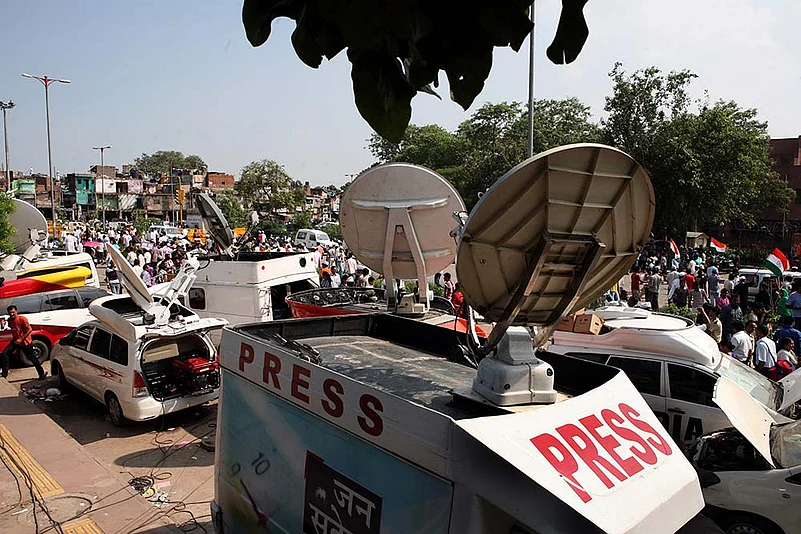Way back in 1994, when the ISRO case started, it was a free for all as far as the vernacular press goes. They were imagining the wildest things possible and writing the story as if it were fiction, feeding eager readers. Most would wait for the next day’s edition as if it was a TV serial. It was written, for example, that drawings of rocket secrets were inserted into tuna fish and smuggled through fish baskets. They also described the two ladies allegedly involved in the case in the most vulgar manner. These journalists did not cross-check what was fed to them, however bizarre. While the vernacular press had a free day, no mainstream newspaper followed the news, except The Indian Express. However, it should be understood that it is not the press alone that was playing havoc. If you read the news of that time in all the papers, you will find that every report is the same, indicating that the source is common. Presumably, the source happened to be the creators of this fabricated case. None of the reports ever carried any name of the source.
There were not many TV channels at the time except Asianet in Malayalam and a few channels in English. Interestingly, Asianet carried the news in a constructive manner, trying to bring the truth behind the story. Veteran journalist T.N. Gopakumar, in his programme Kannadi, helped viewers understand that this was a fabricated story. In fact, after the CBI took over, the flow of news to the vernacular press stopped abruptly; then they didn’t know how to go about it.
Also Read: Judge And Hangman
Later, one by one, the vernacular press started writing the positive side, the truth behind the news. Vernacular journalists such as Ramanan, M.P. Narayana Pillai and K.M. Roy were exemptions and they tried to bring out the fallacious elements of an imaginary story. In fact, Outlook magazine was the first publication that brought out the names of all the IB officers involved in the conspiracy.
If you analyse the behaviour of the press, it got carried away by the fabricators of the spy case in the beginning and later made a course correction. Here, I would like to point out that in the recent past there have been many cases wherein investigative journalism has helped many culprits to be brought to justice. So, I would conclude that in my case they got misled initially, and were tempted by the sensational part of the story. Maybe they seized upon a big scandal from a part of the country where there were no sensational stories. My only complaint is that the press should have apologised for the ‘crime’ they committed when they found out the truth, so that its credibility could have been restored. Not one paper wrote an editorial saying how their journalists were misled, and how they were sorry.
A committee formed by the Supreme Court headed by retired SC judge D.K. Jain, with members from the Kerala government and the Centre, is tasked to suggest ways and means of finding out the persons responsible for fabricating the story. The sooner they come out with it the better.
Also Read:
The writer has been an aerospace engineer with ISRO and is a Padma Bhushan awardee
















